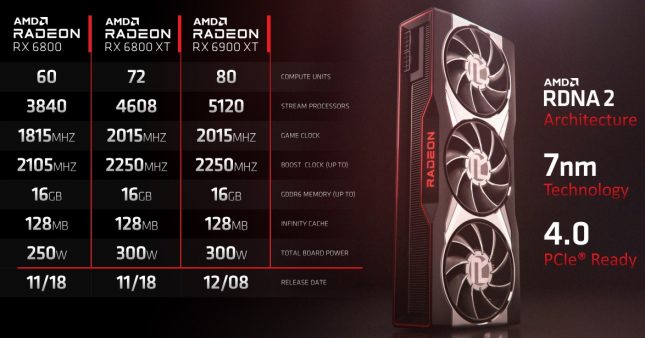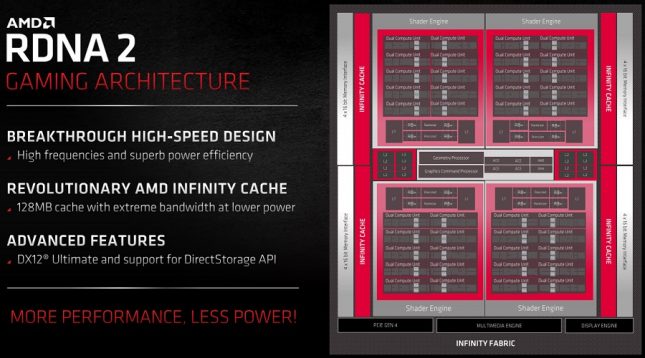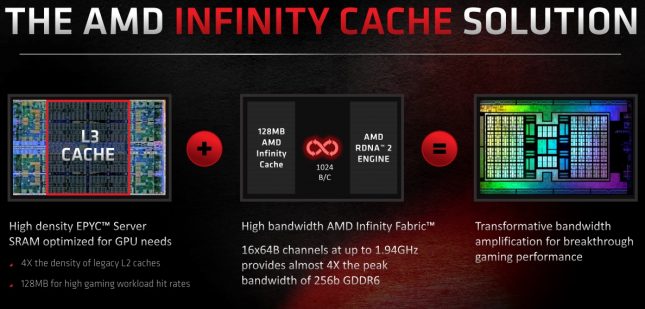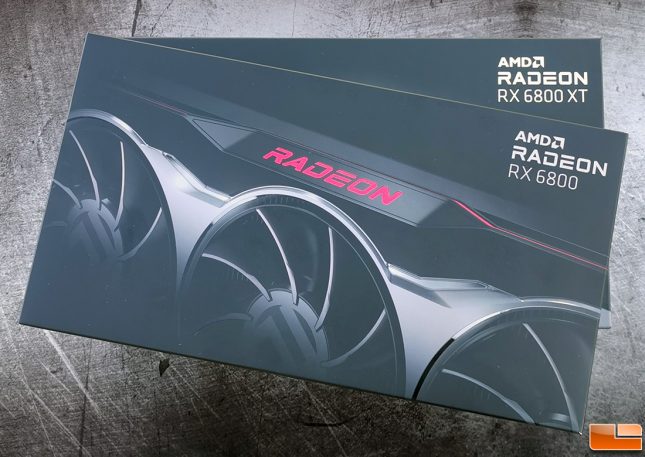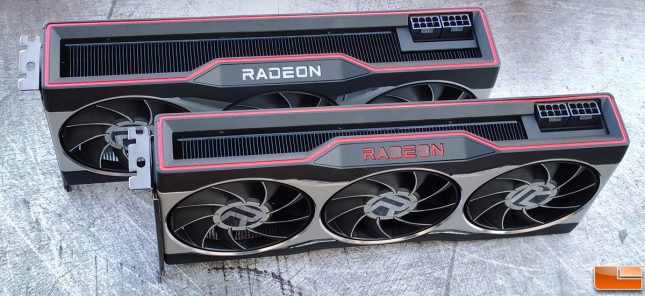AMD Radeon RX 6800 XT and Radeon RX 6800 Review
AMD Radeon RX 6800 Series Cards Hit The Market
AMD has officially launched their Radeon RX 6000 Series based on ‘Big Navi’ GPUs built using the RDNA2 architecture. These cards were designed to challenge the high-end enthusiast cards from NVIDIA. NVIDIA has held the performance crown for discrete graphics cards for a number of years now without any hardware from AMD to give them a battle at the top of the performance stack. With the new AMD Radeon RX 6800 and Radeon RX 6800 XT graphics cards they finally have something in the arsenal to take on NVIDIA at the higher price points.
The AMD Radeon RX 6800 is priced at $579 and the Radeon RX 6800 XT has a starting price of $649. That means both cards fall in-between the NVIDIA GeForce RTX 3070 ($499) and the GeForce RTX 3080 ($699) when it comes to pricing. AMD says they offer similar or superior performance to these cards at 1440P and 4K display resolutions.
The AMD Radeon RX 6800 XT has 72 compute units and 128MB of Infinity Cache.The game clock on this card is 2015MHz and the boost clock is 2250MHz. This combination allows for 20.74 TFLOPs compute performance! The AMD Radeon RX 6800 XT also comes with 16GB of GDDR6 memory on a 256-bit bus offering 512GB/s of memory bandwdith. This large memory figure will likely be a big selling point for AMD as some of the NVIDIA GeForce RTX 3080 cards have just 10GB of GDDR6x memory.
If that sounds like overkill for your needs, the Radeon RX 6800 features 60 compute units with game clocks of 1,815MHz and boost clocks of 2,105MHz. The cards total compute performance is 16.17 TFLOPS down from the 20.74 TFLOPs found on the 6800 XT reference card. The lower clocks and fewer compute units have this card at 250W for Total Board Power, which is 50W less than the 300W rating on the Radeon RX 6800 XT. The memory remains the same on the Radeon RX 6800.
Both the Radeon RX 6800 and Radeon RX 6800 XT are powered by the NAVI 21 GPU. This GPU features the RDNA 2 gaming architecture and was manufactured by TSMC on the 7nm process node. The transistor count is 26.8 billion and NAVI 21 has a die size of 519mm squared. This design has managed to bring AMD over a 50% performance-per-Watt uplift
One of the big new features for the AMD Radeon RX 6000 series appears to be Infinity Cache. The new RDNA2 GPU architecture includes 128MB of on-die L3 cache called AMD Infinity Cache. AMD Ryzen processors like the new Ryzen 9 5950 X have 64MB of L3 cache, so this is a massive chunk of cache and is really supposed to improve gaming performance. By having a ton of game in the GPU cache it will reduce latencies as you don’t have to go out into the VRAM looking for data. This is why AMD can get away with using a narrow 256-bit memory interface for their GDDR6 memory whereas NVIDIA is using a larger 320-bit or 384-bit memory interface with faster GDDR6X memory. The AMD infinity cache solution has allowed AMD to more than double bandwidth while actually reducing power consumption.
We’ve already unboxed the AMD Radeon RX 6800 XT and Radeon RX 6800 graphics cards earlier this week, so let’s get straight to the performance benchmarks!

